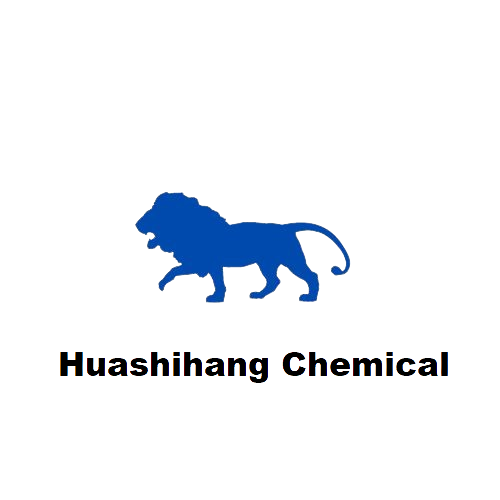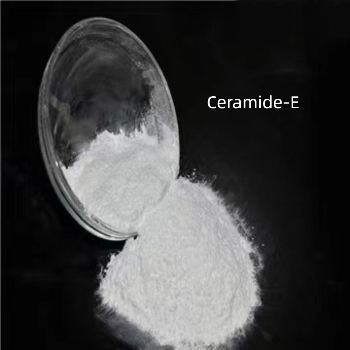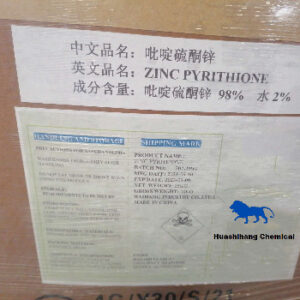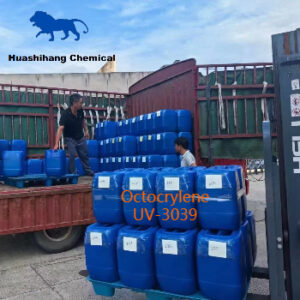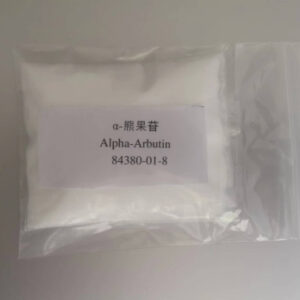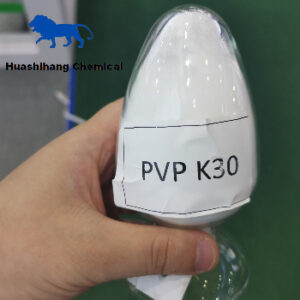Ceramide-E Details
Chemical Name: Ceramide-E
INCI NAME: Ceramide 2, Caproyl Sphingosine
Synonyms: Ceramides, vitamin e
CAS No.: 100403-19-8
EINEC NO.:309-560-3
Molecular Formula: C24H47NO3
Similar types: Ceramide 1, Ceramide 3, Ceramide 4, Ceramide 5, Ceramide 6
Catalogue: moisturizing agent
Ceramide-E Properties
| Item | Specification |
| Appearance | White to pale yellow powder |
| Assay | ≥98.0% |
| Melting Point | 74.0℃-78.0℃ |
| Heavy metal (Pb) | ≤20.0PPM |
| Arsenic(As) | ≤2.0PPM |
Ceramide-E Feature
Ceramides are naturally occurring lipids or fats in the skin. It plays a crucial role in maintaining the skin barrier function.
The skin barrier helps prevent water loss and protects the skin from environmental stressors such as pollution, UV radiation, and pathogens.
Ceramides are a type of sphingolipid. It is a component of the stratum corneum, the outermost layer of the skin.
Ceramides are particularly important for skin health. Because they help to strengthen the skin barrier by forming a protective layer.
It keeps moisture in and harmful substances out.
Use
There are several types of ceramides, including Ceramide-E, also known as Ceramide EOS.
Ceramide-E is one of the three primary types of ceramides in the skin. It plays an important role in maintaining skin hydration and barrier function.
Ceramide-E deficiency may cause several skin disorders. It includes atopic dermatitis, psoriasis, and xerosis (dry skin).
Therefore, ceramide-containing skincare products, such as moisturizers and serums, have become increasingly popular.
Hair conditioning,
Skin conditioning
Ceramide Advantages from Huashihang
Skin hydration
Ceramide-E helps to improve the skin’s hydration by retaining moisture and preventing transepidermal water loss.
This makes it a valuable ingredient for dry or dehydrated skin types.
Barrier repair
Ceramide-2 supports the skin’s natural barrier function by replenishing lipids and promoting the formation of a healthy skin barrier.
This helps to protect the skin from environmental stressors and prevent moisture loss.
Anti-aging
Ceramide-E has anti-aging benefits by improving skin elasticity and reducing the appearance of fine lines and wrinkles.
It also helps to improve skin texture and tone. It makes the skin appearance more youthful .
Soothing properties
Ceramide-E has soothing properties. It helps to calm irritated or inflamed skin. This makes it a valuable ingredient for sensitive or reactive skin types.
Compatibility
Ceramide-E is compatible with a wide range of other skincare ingredients. It is easy to incorporate into skincare formulations.
It can also be used in combination with other ceramides for enhanced benefits.
Packaging
25KG/fiber drum, or 1kg/Aluminum Foil Bag
Storage
Store in cool and dry air-flowing area preventing sunlight. Shelf life: Two years.
Ceramide produce method
Chemical synthesis
Ceramide can be synthesized chemically by combining sphingosine with a fatty acid.
Microbial fermentation
Ceramide producing method also has microbial fermentation using microorganisms such as yeast or bacteria.
This method involves the fermentation of sphingolipids extracted from natural sources, such as soybean or rice bran, to produce ceramides.
Plant extraction
Ceramides can also be extracted from natural sources such as plant-based oils, including wheat germ oil, sunflower oil, and rice bran oil.
The ceramides are extracted through a process of refining and purification.
Animal extraction
Ceramides can also be extracted from animal sources such as pig or cow skin.
Each method has its own advantages and disadvantages. And the choice of method may depend on factors such as cost, purity, and scalability.
